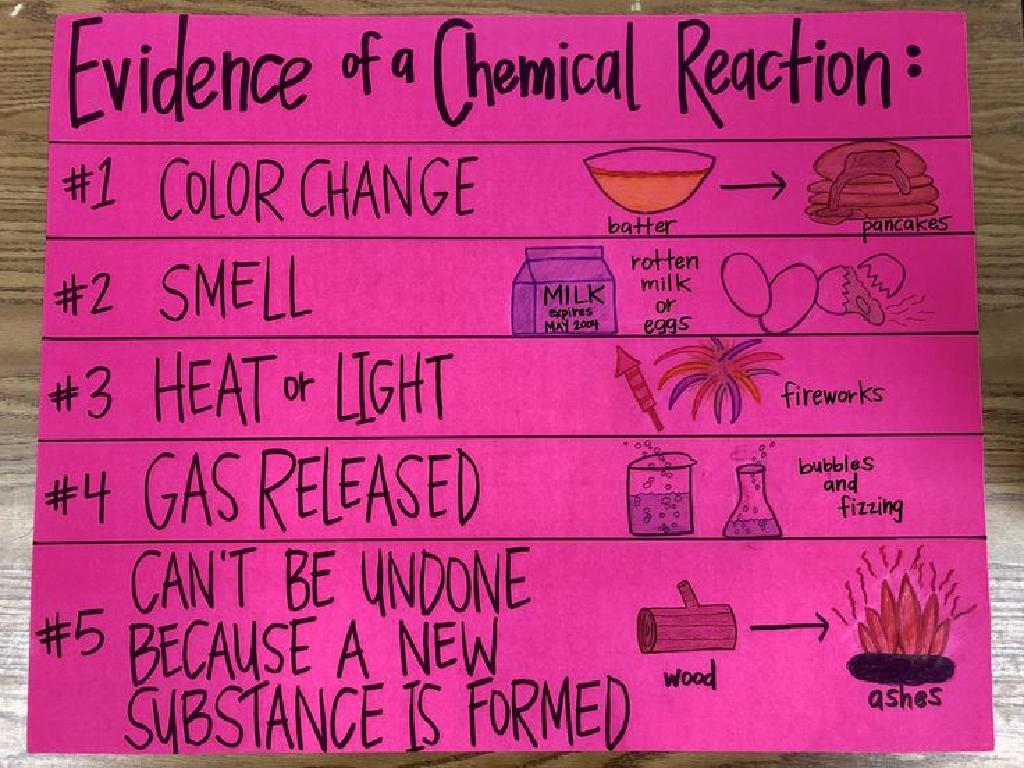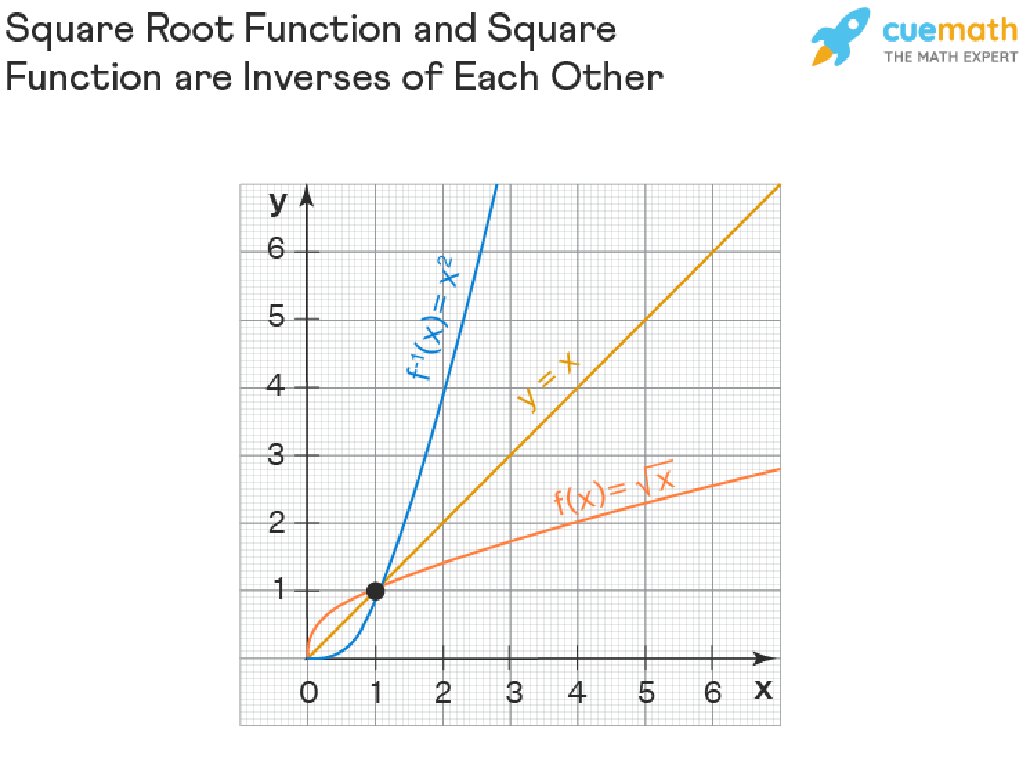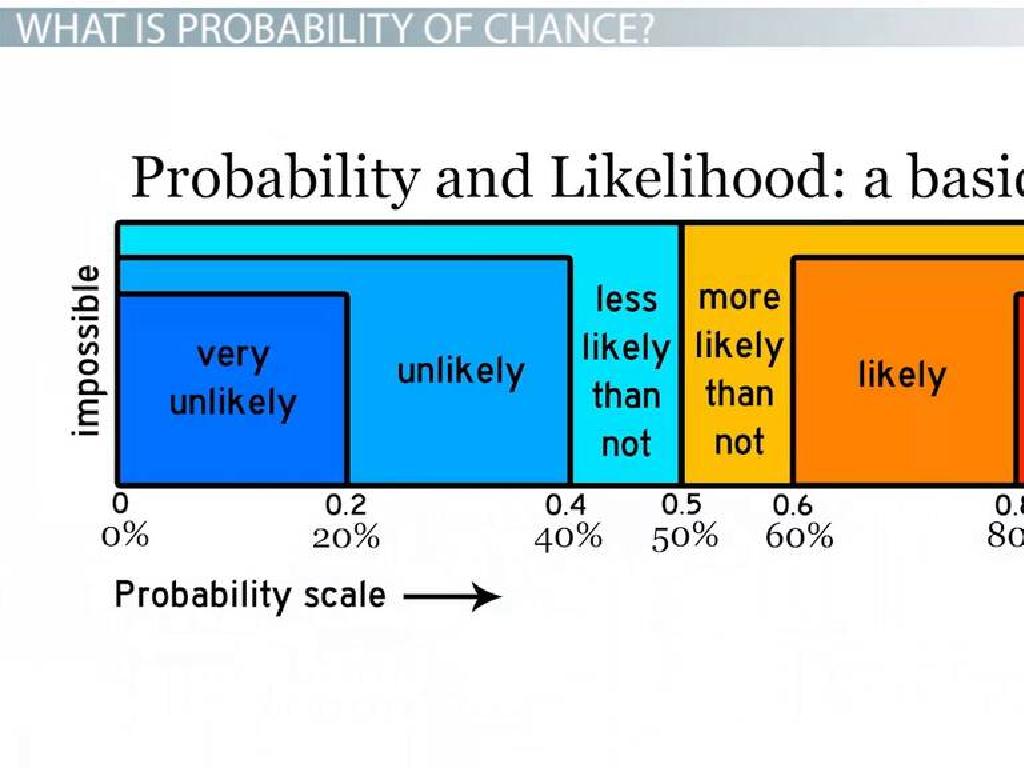Identify And Use End Marks
Subject: Language arts
Grade: Kindergarten
Topic: Sentences
Please LOG IN to download the presentation. Access is available to registered users only.
View More Content
Welcome to Sentences: Learning End Marks!
– End marks are reading traffic signs
– They tell us when to stop
– A period means stop, like a red light.
– They show when to ask a question
– A question mark is like raising your hand to ask.
– They express excitement or surprise
– An exclamation point is like jumping with joy!
|
This slide introduces the concept of end marks to Kindergarten students by comparing them to traffic signs, something they can visually understand and relate to. Explain that just like traffic signs control cars on the road, end marks help control the flow of reading. A period (.) tells us the sentence has come to a full stop. A question mark (?) indicates that the sentence is asking a question and we should raise our voice at the end. An exclamation point (!) shows strong feeling, like excitement or surprise. Use hand gestures and facial expressions to demonstrate the use of each end mark. Encourage the children to practice using their ‘reading traffic signs’ with simple sentences.
Meet the End Marks!
– Three end marks: period, question mark, exclamation point
– Period: a red stop sign
– Use a period when you finish a statement.
– Question mark: a yellow question sign
– Use a question mark when you ask something.
– Exclamation point: a green light with a star
– Use an exclamation point to show excitement or surprise!
|
This slide introduces Kindergarten students to the concept of end marks in sentences. The period, question mark, and exclamation point are compared to traffic signals to make the concept relatable and easy to remember. A period indicates a full stop at the end of a declarative sentence. A question mark is used at the end of an interrogative sentence, signaling an inquiry. An exclamation point is used to express strong feelings or a loud tone. During the presentation, use hand gestures mimicking a stop sign for a period, a questioning expression for a question mark, and an excited or surprised expression for an exclamation point. Encourage the children to come up with their own sentences and decide which end mark to use.
Using a Period in Sentences
– A period ends a statement
– Example: ‘I have a cat.’
– It’s like saying ‘I’m done talking.’
– Practice saying a sentence
– Let’s take turns sharing
– Remember to add a period
– It shows we’ve finished our thought
|
This slide introduces the concept of using a period to end a statement. Start by explaining that a period is a dot we put at the end of a sentence to show we have finished our thought. Use simple examples like ‘I have a cat.’ to illustrate this. Then, engage the students by having them practice saying sentences out loud and adding a period at the end. Encourage them to think of it as a way of saying ‘I’m done talking.’ This activity will help them understand the use of periods and how to identify when a sentence is complete. Make sure to praise their efforts to build confidence.
Using a Question Mark
– When do we use a question mark?
We use it when we ask something.
– Example of a question mark
‘What is your name?’ is a question.
– Let’s think of our own question
– Practice saying it with a question mark
|
This slide introduces the concept of a question mark to Kindergarten students. Begin by explaining that a question mark is a special symbol we put at the end of a sentence when we want to ask something. Show them the example ‘What is your name?’ and explain how the question mark indicates that we are waiting for an answer. Encourage the students to think of questions they might ask their friends or family, and practice writing them down with a question mark at the end. Emphasize the upward inflection in our voice when we say a question out loud. For the activity, students can take turns asking their questions to the class or in small groups, using the correct punctuation and voice intonation.
Using an Exclamation Point!
– When to use an exclamation point
– Shows excitement or shouting
– Example: ‘I love ice cream!’
– It’s like yelling with happiness in writing!
– Your turn to make a sentence!
– Think of something that makes you super happy!
|
This slide introduces the concept of an exclamation point to Kindergarten students. Explain that an exclamation point is used at the end of a sentence to show strong feelings, like excitement or when we pretend to shout. Use the example ‘I love ice cream!’ to illustrate how an exclamation point can express joy. Then, encourage the students to come up with their own sentences that show excitement or something they would say loudly. This activity will help them understand the use of exclamation points and associate it with strong emotions. Make sure to provide positive feedback to each student’s sentence to reinforce their learning.
Practice Time: Punctuation Marks!
– Writing sentences together
– Choosing the right end mark
– Is it a period, question mark, or exclamation point?
– Understanding statements, questions, and exclamations
– Statements end with a period. Questions? A question mark. Excited? Use an exclamation point!
– Practice makes perfect!
|
This slide is for an interactive classroom activity where students will engage in writing sentences on the board. The teacher will guide the students through the process of constructing sentences and then deciding the appropriate end mark to use. It’s important to explain the difference between statements, questions, and exclamations, and how each has its unique end mark. The activity should be fun and encourage participation from all students. Possible activities include: having students come up to the board to write sentences, using flashcards with different sentences for students to add punctuation, or creating a game where students hold up the correct end mark for a read-out sentence. The goal is to reinforce the concept of end marks through practice and repetition.
End Mark Game: Let’s Play!
– We’re playing an end mark game!
– Listen to my sentence carefully.
– Choose the correct end mark.
– Is it a period, question mark, or exclamation mark?
– Hold up your answer high!
|
This interactive game is designed to help Kindergarten students recognize and understand the use of end marks in sentences. As you say a sentence aloud, prompt the students to hold up a card with the correct punctuation mark: a period for statements, a question mark for questions, and an exclamation mark for exclamations. Prepare cards with punctuation marks in advance for the students to use. This activity will help them to listen for cues in your tone of voice and content of the sentence to determine the appropriate end mark. Encourage participation and praise correct answers to reinforce learning. This game will make learning punctuation fun and engaging while also developing their listening and comprehension skills.
Class Activity: End Mark Art
– Create end marks with crafts
– Let’s get creative with colors and shapes!
– Make a period, question mark, exclamation point
– Each mark has its own unique shape.
– Use them in sentences
– We’ll practice punctuation in a fun way!
|
This activity is designed to help Kindergarten students recognize and understand the use of end marks in sentences through a hands-on craft activity. Provide a variety of craft supplies such as construction paper, markers, glitter, and glue. Guide the students in creating a period (.), question mark (?), and exclamation point (!) with the supplies. Once the end marks are created, help the students use them to punctuate sentences they come up with together. This will reinforce their understanding of the function of each punctuation mark in a fun and interactive way. Possible variations of the activity could include creating punctuation marks with playdough, using stamps, or attaching the crafted marks to sticks for punctuation puppets.
Fantastic End Marks!
– Periods end telling sentences.
– Question marks end asking sentences.
– Exclamation points show excitement!
– Practice makes perfect with end marks.
Write sentences using each end mark.
|
Congratulations to the class for learning about end marks! Reinforce the concept that periods (.) are used when we finish telling something, question marks (?) are used when we ask a question, and exclamation points (!) are used to show strong feelings or excitement. Encourage the students to practice writing sentences using each end mark to help solidify their understanding. For example, they can write about their day using a period, ask about a friend’s favorite color using a question mark, and express their excitement about a birthday party with an exclamation point. The practice activity can involve students writing their own examples on the board or on a piece of paper to share with the class.






